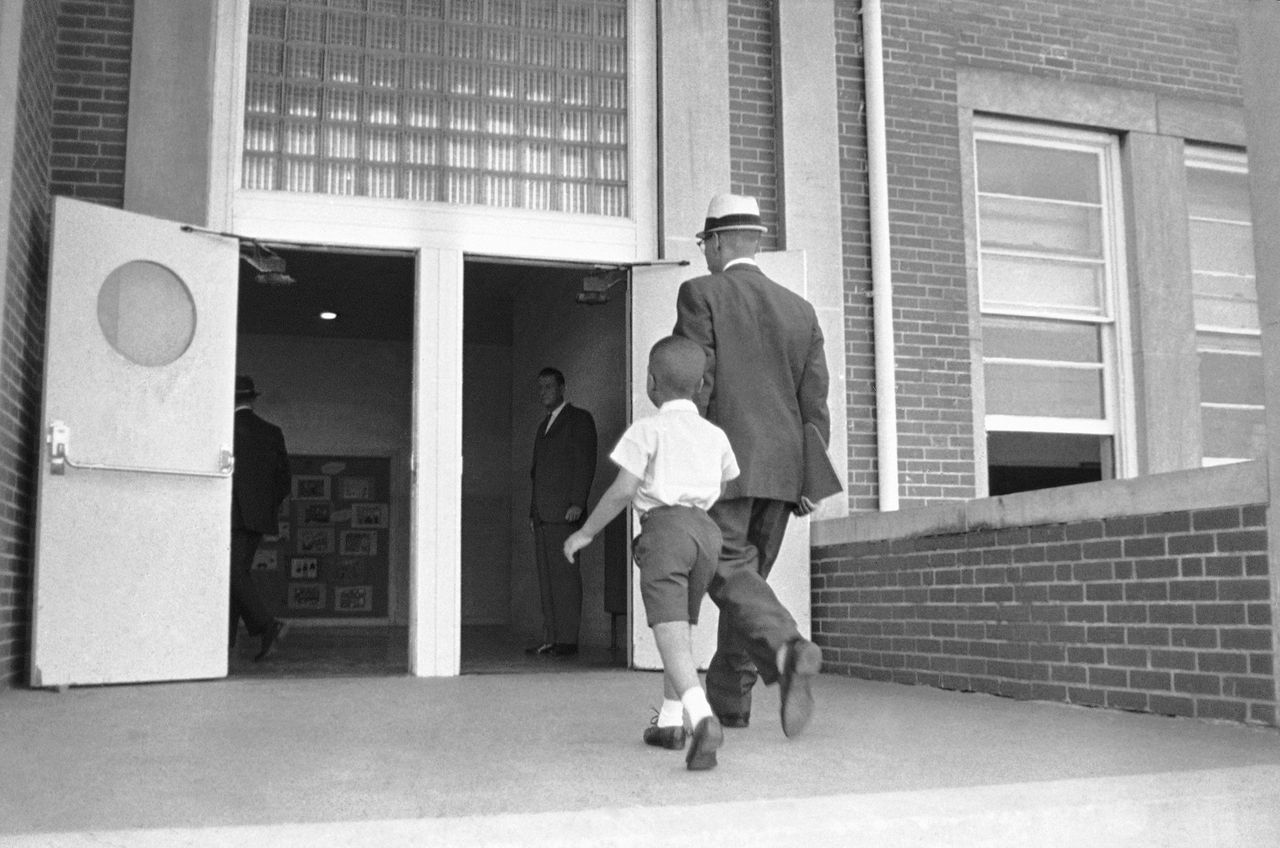Roy S. Johnson: Alabamaâs âSeason of Change: 1963â should inspire change in teaching history
This is an opinion column.
In my lifetime.
Those words won’t leave me. Not at this time each year.
In my lifetime.
I was seven years old in 1963, during what AL.com is calling the “Season of Change: 1963″. That year, as most of you know, events throughout Alabama—some small, some seismic—ignited radical change across the state. Racial change.
Change in dated, inequitable race norms throughout the South.
Change in America.
I wasn’t in Alabama then. I was a child in Tulsa, Oklahoma. That fall, I sat in the Paul Laurence Dunbar Elementary second-grade classroom of a teacher whose name is long lost to the haze of time as change emerged in Alabama. Segregated Tulsa was gorging on its own portion of Jim Crow—Dunbar was all but all-Black, as were other schools on Tulsa’s Northside, the Black side of the city.
The side of the city where Black families and Black wealth prospered, just across the tracks from downtown Tulsa where Black women like my mother had to put tissues in hats before trying them on—they couldn’t try on clothes at all—and Black men were relegated to subservient service jobs.
Alabama had long filled its belly with Crow—on segregation, on racist policies and practices that extended to schools, businesses, and public spaces. Yet by 1963—nine years after the U.S. Supreme Court’s ruling in Brown v. Board of Education made segregation in public schools illegal—change loomed.
Finally. It emerged, finally. Sometimes horrifically. Sometimes violently.
READ MORE: “Summer of Change: 1963″
I’m sure my parents watched the news images that transfixed the nation that summer, images of firemen (yes, they were all men) and policemen (ditto) aiming hoses and frothing dogs on Birmingham school children marching to protest segregation in downtown businesses.
They watched on our black and white television. The lack of color, today, makes it seem so long ago.
It was not. Not to many of you. It was in my lifetime.
I was slightly younger than nine-year-old Dwight Armstrong when he and 11-year-old brother Floyd strode alongside Rev. Fred Shuttleworth before a phalanx of television cameras and entered Graymont Elementary School in Birmingham on an early September day in 1963. Gov. George Wallace had ordered state troopers to open the all-white school but allowed them to turn Black kids away.
In my lifetime.
I was just a few years older than Sonnie W. Hereford IV when the six-year-old was escorted into previously all-white Fifth Ave Elementary School in Huntsville by his father, S.W. Hereford III on that same September day, as a city detective watched.
In my lifetime.
In Lauderdale County, Wendell Wilkie Gunn attended his first day of classes at Florence State College, now the University of North Alabama. A few months earlier he’d been denied acceptance—because he was Black.
I was shielded from the grave tragedy of September 15th—60 years ago to this day. I don’t remember when I first heard of the four little girls: Addie Mae Collins, Cynthia Wesley, Carole Robertson, and Denise McNair. Or Sarah Collins, who survived the Ku Klux Klan bombing but was left blind in one eye from the shrapnel and glass that pierced her. Or Virgil Ware, the Black 14-year-old who was shot amid the chaotic aftermath by white boys as Virgil and his brother rode bikes near a junkyard blocks away from the church. Or Johnny Wilson, 16, who was killed by a cop while protesting the bombing.
I learned of them certainly not in real-time. But in time. In a classroom. In a history class. Maybe.
And certainly not as soon as I should have learned their names, learned of their sacrifice during the season of change in Alabama. Should have learned that and so much more.
Yes, you have to be of a certain age, of course, for all that is being commemorated now in our state to have happened in your lifetime. All that was shielded, shaded, sanitized, and spun. All that history.
Even if it happened before you were born, be inspired by this season of change to ensure the full colors of our nation’s history—the light, the dark, and all hues in between—are poured into your children (and my future grandchildren) not shielded, not shaded, not sanitized, and certainly not spun.
That they are empowered to digest it and discern how it shaped us all. How it still shapes us. And will.
Whether it happened in our lifetime. Or not.
More columns by Roy S. Johnson
Clarence Thomas and Republicans are mocking us all.
Goodbye to an ‘uncle’ who stepped into the gap to help raise two father boys into men
Alabama’s non-parole board shows we’re not serious about prison, justice reform
Do we want our children to go to school or prison? State funding levels provide an answer
‘Skinny-shamed’ as a youth, Birmingham mom now a champion bodybuilder
I’m a Pulitzer Prize finalist for commentary, a member of the National Association of Black Journalists Hall of Fame, and winner of the Edward R. Murrow prize for podcasts for “Unjustifiable,” co-hosted with John Archibald. My column appears in AL.com, as well as the Lede. Check out my new podcast series “Panther: Blueprint for Black Power,” which I co-host with Eunice Elliott. Subscribe to my free weekly newsletter, The Barbershop, here. Reach me at [email protected], follow me at twitter.com/roysj, or on Instagram @roysj
